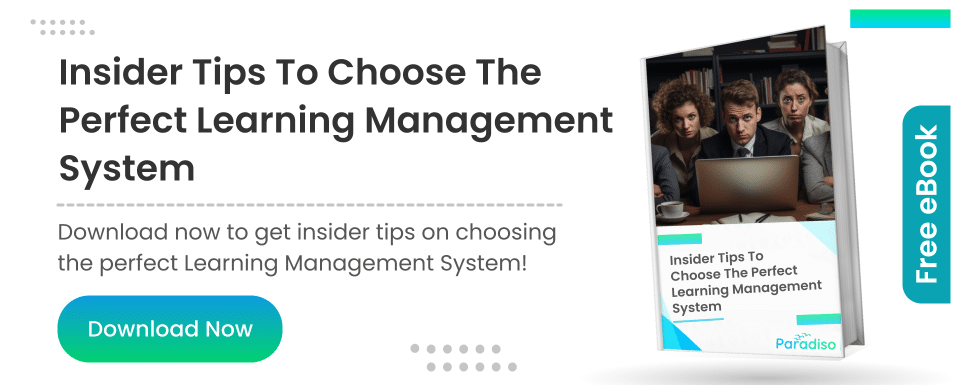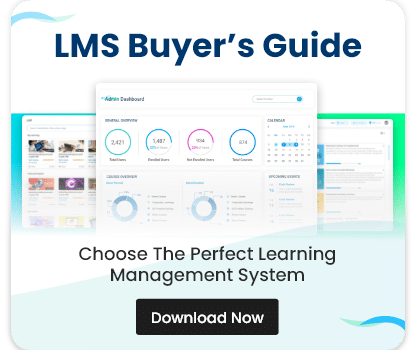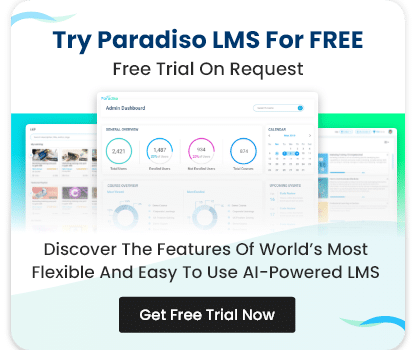In today’s rapidly evolving digital landscape, learning and development are taking center stage as organizations strive to keep pace with technological advancements and shifting workforce demands.
As we move deeper into 2025, the conversation around Learning Management Systems (LMS) has become more critical than ever. But amid all the buzz, a pressing question emerges: Do I need an LMS?
In this comprehensive guide, we’ll explore the LMS buying process, break down the key considerations for selecting the right platform, and discuss how an LMS can transform your organization’s learning strategy.


















